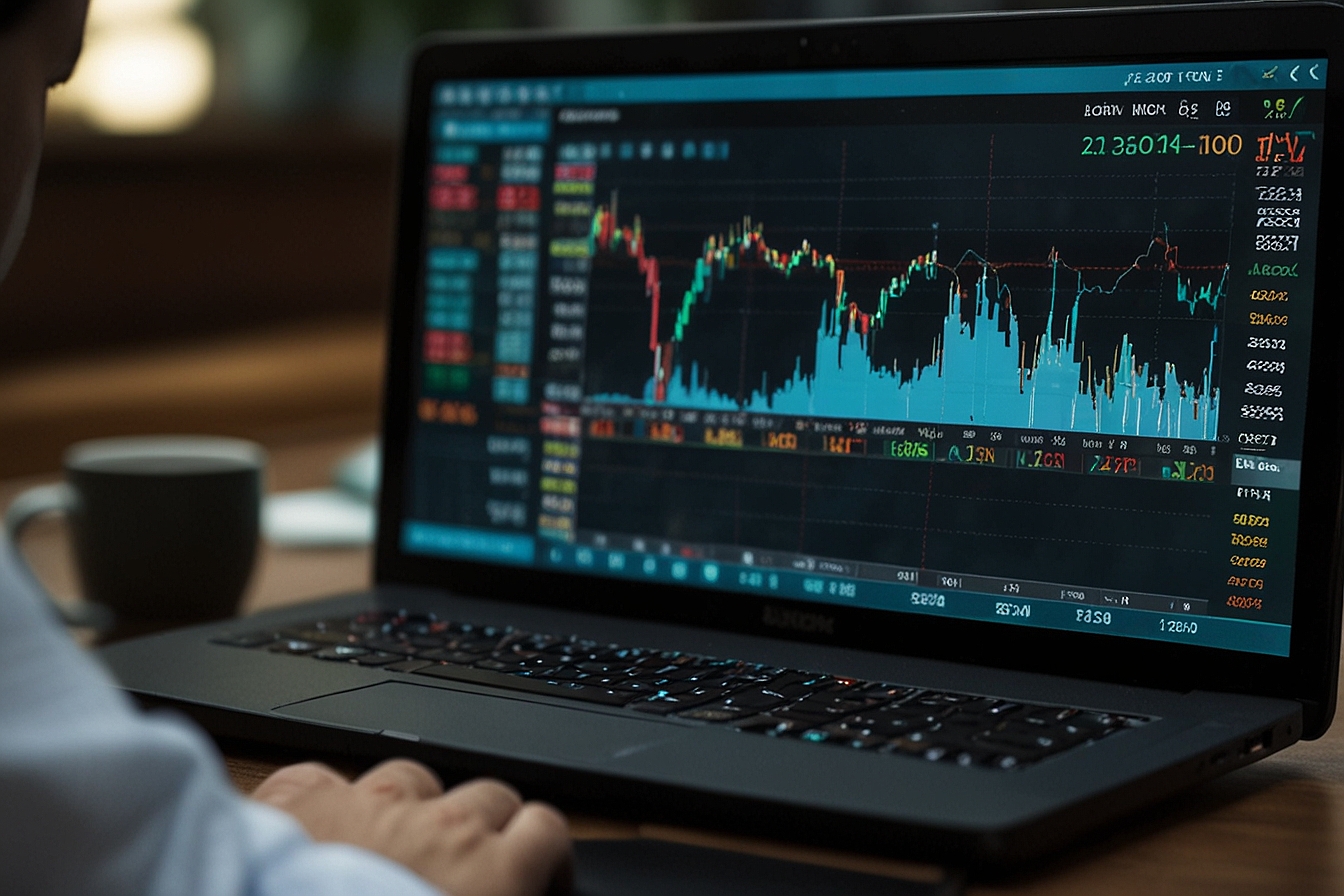Ever wonder how to do day trading for beginners to make money? Or How to start day trading for beginners? In this post, we will cover all of these and more so you can become a day trader most easily with this complete guide.
Also at the very end, we will introduce some good and popular day trading tools so you can start with so make sure to stick around until the end.
Table of Contents
What is Day Trading? Explained For Beginners
Day trading is a style of trading stocks in the financial market that traders mostly execute by selling and buying securities within the same trading day to gain profit. Day traders close their positions before the market closes .
In this trading style, traders prefer it mostly because it is fairly quick and relies on fast decision making. But it’s not as fast as scalping. If you are interested in more about scalping you can check out our blog at: Why is Scalping Popular In Trading? Exploring Short-Term Trading Styles
The Advantages of Day Trading
Now that we fully know what day trading is, before diving into how it works, let’s take a look at its advantages and disadvantages, so if you are a beginner trader, know what you are choosing fully.
- It’s potential for high profits: Most day traders aim to profile from small price movements that eventually may result in significant gains over time.
- No Overnight Risk: Day traders close all their trade sessions before trading day ends, which is why they don’t encounter the night trading risks that most traders do.
- Flexibility: Because of the day trading style, traders can choose their trading sessions whenever they want and it meets their schedule. That gives them flexibility throughout the day.

4. Quick Returns: Day trading allows for quick turnaround times on investments. Traders can make their profit within minutes or hours rather than waiting for long periods like months or weeks.
5. Independence: Day traders have the freedom to work from wherever they want as long as they are connected to the internet and own a computer. And they also have the freedom to work for themselves.
6. Learning Opportunities: Traders encounter a steep learning curve in day trading. Traders often gain valuable and long life lessons and experiences quickly, learning to analyze markets, develop strategies, and manage risk effectively.
These are some advantages of day trading, now let’s explore some of its disadvantages.
The Disadvantages of Day Trading
Some disadvantages of day trading are:
1. Time-Consuming: Being a successful day trader, means having a time commitment to the market. You have to always analyze and keep an eye on the market, analyze data, and execute trades throughout the trading day, which can be mentally and emotionally demanding.
2. Caries a High Risk: Trading overall is a risky profession that needs risk management skills and discipline. Most traders can incur significant losses if they’re on the wrong side of a trade.
4. Emotional Stress: As it was mentioned, a professional trader needs to keep their cool when something goes wrong in the trading session, and don’t make decisions based on emotions or hunger for more profit.

4. Market Volatility: Day traders rely on market volatility to profit from small price movements. However, excessive volatility can increase the risk of sudden price swings and make it challenging to predict market direction accurately.
5. High Costs: Day trading has high transition costs in most cases, including brokerage fees, commissions, and more. These costs can cancel out your profits, especially in the long run. That is why it is suggested to use commission-free brokers like MooMoo and Interactive Brokers which offer a lot more when it comes to stock trading.
6. Regulatory Restrictions: Day trading has some regulatory restrictions and rules, such as pattern day trading rules in the United States, which require traders to maintain a minimum account balance and limit the number of day trades they can make within a certain period.
These are some of the most basic disadvantages of day trading, but you need to keep in mind that any profession has its ups and downs and if you are looking for a long-time passion, you have to endure its hardships until becoming a professional in that field.
The Basics Of Candlestick Charts
For becoming a professional day trader, there are some basics that you need to know about candlesticks, so let’s explore them together.
What is a candlestick chart?
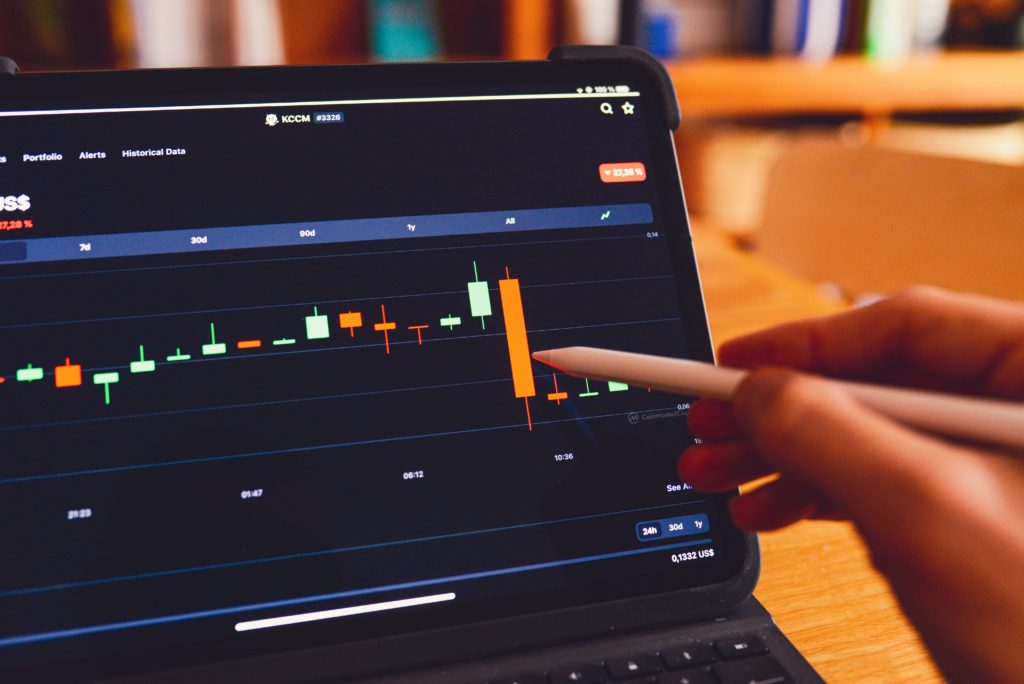
So simply said, a candlestick chart is a picture that traders use to see the price ups and downs of the market. A candlestick chart is a type of price chart. Remember that a candlestick chart differs from a traditional line chart as it covers more information about price movements and so on. Each “candle” shows a specific period called the “timeframe”. In that period, it tells us four important things about the price: where it started (open), how high it went, how low it went, and where it ended (close).
The body of a candlestick:
Well, firstly, we are going to talk about the body of a candlestick. The body of the candlestick is the rectangle shape that you see often. It indicates the price changes within the market, by showing where the candle starts and finishes. To know if the price went up or down, we look at the color or if it’s filled in or not. Usually, an up candle is green, and a down candle is red. But sometimes, they might be hollow or filled in instead. You can often choose the colors on your charting software or based on what you like best.
The Open and Close of the Candlestick:
Body aside, it’s time for the opening and closing of a candle. So, The open is the price at the beginning of a candle’s period and the close is the price at the end of a candle’s period. Because the body represents a net change from open to close, the open and close will be located at each end of the body. To find the open, pinpoint the bottom of a green body, or the top of a red body. To find the close, pinpoint the top of a green body, or the bottom of a red body.
What is Wick in a candlestick?
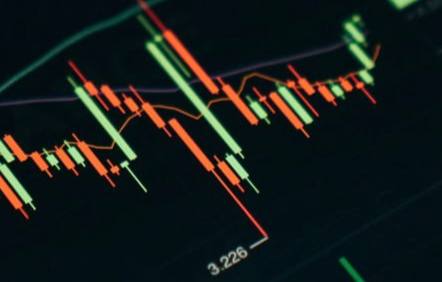
The wick of a candlestick, also known as the “shadow’, is the small line that sticks out from the top or bottom of the candle’s body. It shows us the highest and lowest prices the candle reached during its periods on this trading day.
So, the top of the upper wick marks the highest price (the high), while the bottom of the lower wick marks the lowest price (the low).
Where is the high and the low of a candle?
Finding the high in a candlestick means spotting the highest price during the candlestick period, which could be at the top of the upper wick, the open, or close. Similarly, to find the low, we look for the lowest price, which could be at the bottom of the lower wick, the open, or close.
And that is why they are called candlestick charts. When you combine the small rectangles with the thin line of wick, you get yourself a candle-looking stick. By reading and analyzing these candlestick charts, we can easily see the open, high, low, and close of each candle’s period. Candlestick charts give us more information compared to the line charts that only show the close of each period. That’s why they’re more useful for understanding price movements.
What Are Some Trading Basic Terms?
Now, let’s take a look at what are some day trading basic terms that you need to know.
- Bid and Ask: The Bid price is the highest price that a buyer is willing to pay for security and the ask is the lowest price that the seller is willing to accept.

- Spread: The spread is the difference between the bid and ask price of a security. Usually, a narrow spread indicates high liquidity, while a widespread suggests lower liquidity.
- Volume: The number of shares or contracts traded during a specified period. High volume mostly indicates a strong interest in security.
- Liquidity: This is the term traders use when it is easy to buy or sell a security in the market causing a significant change in its price. Highly liquid assets have many buyers and sellers.
- Long and Short Positions: So, going long in stock trading means buying a security with the expectation that its price will rise while going short involves selling a security with the expectation that its price will fall.
- Stop-Loss Order: An order placed to sell a security automatically when it reaches a certain price, designed to limit potential losses on a trade.

- Take-Profit Order: This is an order that is placed to automatically sell a security when it reaches a specified profit level that is decided by the trader, allowing traders to lock in gains.
- Margin: Borrowed funds from a broker to leverage trading positions. Margin trading allows traders to control larger positions with a smaller amount of capital that they have.
- Volatility: A measure of the degree of variation in a security’s price over time. High volatility means prices can change rapidly, while low volatility suggests more stable prices.
Some Basic Trading Strategies You Need To Know
It’s time to take a look at some basic day trading strategies that are good to know:
- Trend Trading: So in this strategy, the goal is to follow the overall direction of the market trend. In this strategy, you need to enter the trades when it’s aligned with the market trend. So basically, try to buy when the price is trending upward and sell or short-sell when the price is trending downward.
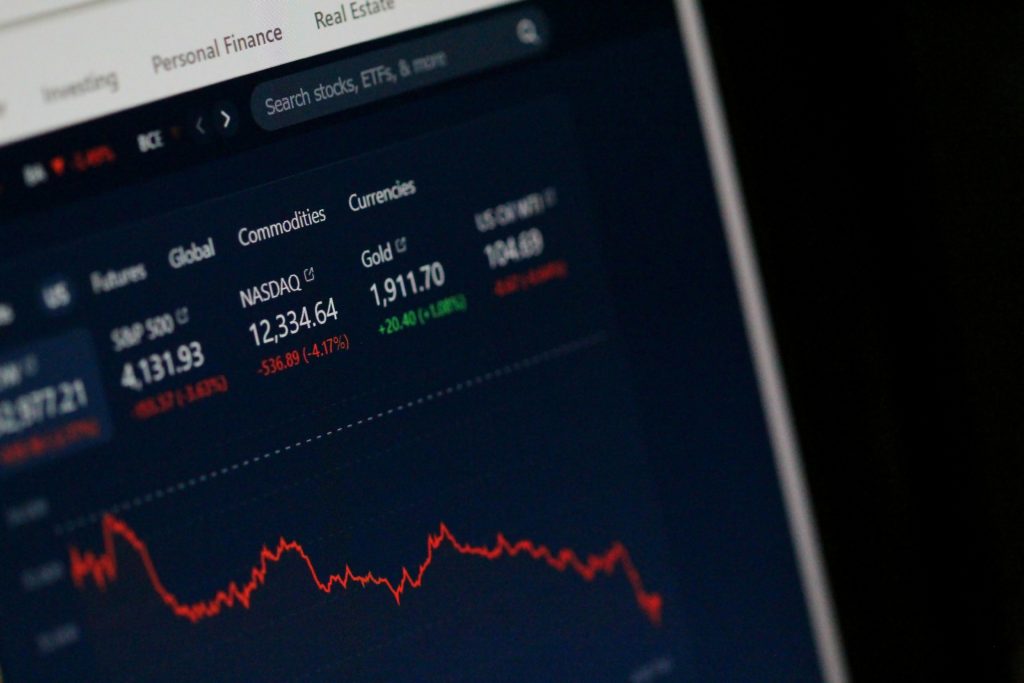
- Range Trading: In this strategy, try to trade within a defined price range or trading range, buying at support levels and selling at resistance levels. Look for assets that are trading within a sideways or consolidating pattern and aim to profit from the price oscillations within the range.
- Momentum Trading: Trade assets that are experiencing strong momentum in one direction, which is either up or down. Try to look for stocks with high relative strength or significant volume surges and enter trades in the direction of the prevailing momentum.
Day Trader Tools and Resources
For a beginner, the most important key feature that needs to be considered while using an online training platform is to be user-friendly. Let’s take a look at some of the best day trading platforms for beginners.
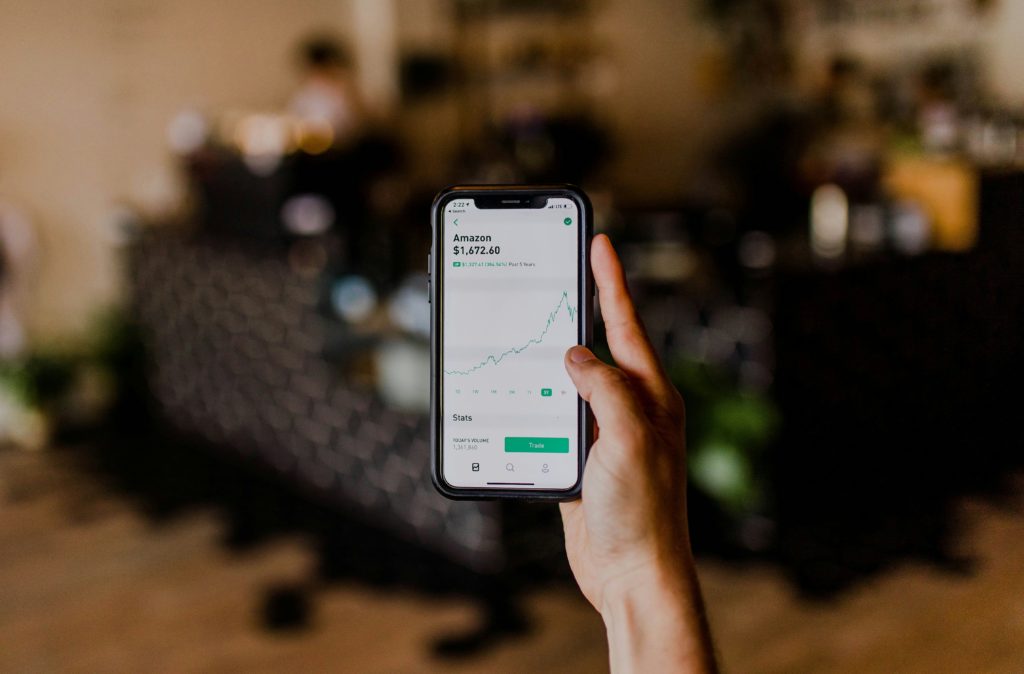
- TD Ameritrade: This platform is known for its user-friendliness, TD Ameritrade offers a comprehensive suite of trading tools and educational resources suitable for beginners. It provides access to stocks, options, ETFs, futures, and forex markets with competitive pricing.
- Robinhood: Robinhood is popular among beginners for its commission-free trading and simple, intuitive interface. It offers stocks, options, ETFs, and cryptocurrencies with no account minimums.
- MooMoo: MooMoo is a commission-free trading platform that offers a user-friendly interface and a variety of trading tools. It provides access to stocks, options, ETFs, and ADRs (American Depositary Receipts) with no account minimums and competitive pricing.
- Interactive Brokers: Interactive Brokers offers a powerful trading platform with advanced charting and analysis tools. While it may have a steeper learning curve for beginners, it provides access to a wide range of global markets, including stocks, options, futures, forex, and bonds, with competitive pricing and margin rates.
Also, along with these tools, it is suggested to use analyzing tools for candlestick charts and always follow the news to stay updated on the market changes.
What Are The Best Stocks To Start With?
Various features can be considered when choosing the best stocks to trade, such as the well-establishment of the companies and if they are known for their stability and strong performance.
These are some of the best choices a beginner can choose from in their early stages:
- Blue-chip Stocks: These stocks are shares of large, well-established companies with a history of stable earnings and dividends in the stock trading world. Examples include companies like Apple (AAPL), Microsoft (MSFT), Johnson & Johnson (JNJ), and Coca-Cola (KO).

2. Exchange-Traded Funds (ETFs): ETFs offer a variety of stocks and exposure to a basket of stocks or other assets, providing beginner investors with a simple way to invest in a broad market or sector. Examples include SPDR S&P 500 ETF (SPY), Vanguard Total Stock Market ETF (VTI), and Invesco QQQ Trust (QQQ).
3. Dividend Stocks: Companies that regularly pay dividends can provide a source of passive income for investors. Dividend-paying stocks often belong to mature companies in sectors like utilities, consumer goods, and healthcare. Examples include Procter & Gamble (PG), Pfizer (PFE), and Verizon Communications (VZ).

4. Tech Stocks: Usually, tech companies can offer growth opportunities due to innovation and advancements in the industry that we are seeing these days. While some tech stocks can be volatile, investing in established tech giants like Alphabet (GOOGL), Amazon (AMZN), and Facebook (FB) can provide exposure to long-term growth potential if you are looking for one.
How To Be A Good Day Trader?
There are many routes that you can take to become a good trader, but the most important one is to always be updated and educated about the market.
The stock trading world is rapidly changing with political and economical events and many traders can lose a lot if they are not ready for it and don’t know what to do in these situations.
That is why we suggest you take a look at the Free Ebook from Meta Trading Club about trading, as we covered all of the basics that you need to know before entering this harsh market.
Last Words
In this post, we took a look at what Day Trading is, how to do day trading to make money, what are some basics about day trading for beginners, what are some most active stocks that beginners can choose, and the best day trading platform for beginners.
If you liked these posts make sure to keep visiting our blog as we have started a journey of explaining every trading term in the simplest way for beginners.
Frequently asked question
The amount of money that you will need to start your journey on day trading is highly dependable. But as always, we suggest starting small and then growing your budget over time as you gain more experience and education about trading.
There are many risks that traders may encounter while day trading, such as losing some of their money.The best way to mitigate risk is to learn how to trade before taking actual trades to stay safe and succeed.
Some common day trading for beginners strategies are such as trend trading, breakout trading, reversal trading, range trading, news trading, momentum trading, and gap trading.
Knowing how to manage risk is essential in day trading to protect against potential losses. Strategies for managing risk are such as setting stop-loss orders to limit losses on trades, diversifying your trading portfolio, avoiding over-leveraging, and sticking to a trading plan with predefined entry and exit criteria.
Yes, day trading can be done part-time. However, it is advised to dedicate some of your time to learning and practicing trading strategies. Many part-time day traders have other sources of income and trade during specific times of the day when they can focus on the markets.
Absolutely yes, day trading can be done in markets other than stocks, including forex (foreign exchange), futures, options, and cryptocurrencies, or even commodities like gold and oil. Each market has its own characteristics and trading dynamics that need to be studied if you want to pursue them. Day traders may choose to focus on one or multiple markets based on their preferences and expertise.
Yes, it’s possible to day trade without using leverage by trading with only cash in a brokerage account. Even though leverage can amplify potential returns, it also increases the risk of significant losses in the long term. Some day traders prefer to trade with their capital to avoid the risks associated with leverage.

